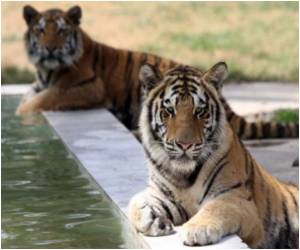The study shows that artificial insemination with long-stored sperms is not only possible but also beneficial to the genetic diversity of an endangered species.

"Our study is the first to provide empirical evidence that artificial insemination with long-stored spermatozoa is not only possible but also beneficial to the genetic diversity of an endangered species," said lead author David Wildt, senior scientist and head of the Center for Species Survival at The Smithsonian Conservation Biology Institute (SCBI)
"What we have done here with the black-footed ferret is an excellent example of how sperm preservation can benefit species recovery programs," Wild noted.
Over the past several years, the team has been developing assisted reproductive technology like artificial insemination and semen cryopreservation. SCBI developed a successful laparoscopic artificial insemination technique for black-footed ferrets.
Females are induced ovulators, which mean that mating itself causes the ovary to release its eggs. The researchers developed a hormone treatment that artificially causes ovulation to occur. Scientists then deposited the male's fresh or frozen-thawed sperm directly into the female's uterus.
Animal care staff closely monitored potentially pregnant females by taking weight measurements and remote monitoring of the nest boxes via closed-circuit cameras.
Advertisement
Source-IANS










